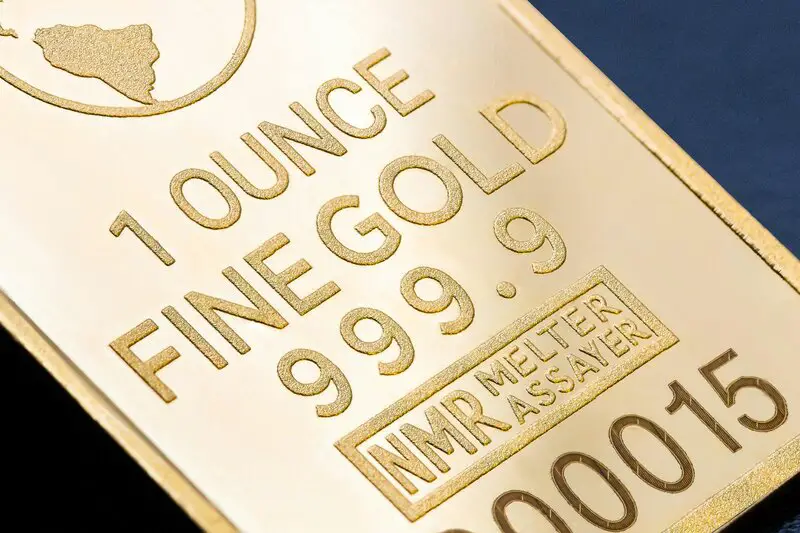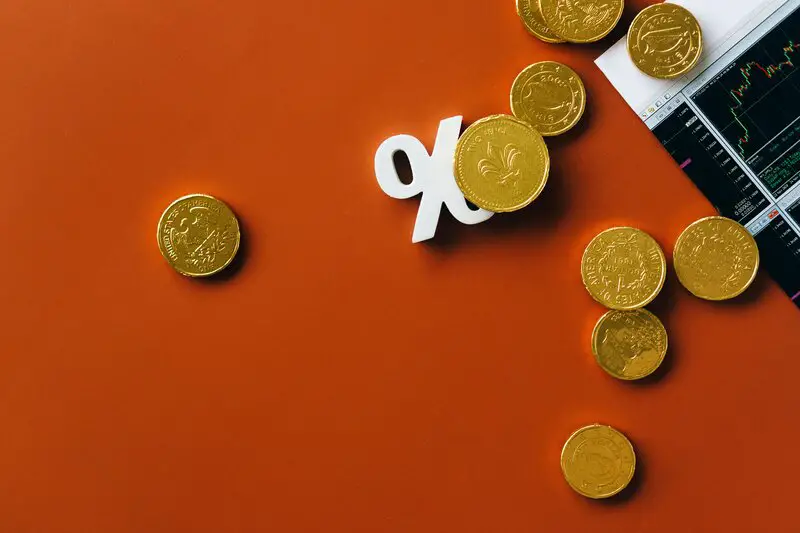Inflation is one of the most important economic factors influencing the price of gold. For centuries, investors have turned to gold during periods of rising prices and uncertainty, viewing it as a reliable store of value. But why exactly does inflation affect gold prices, and what does it mean for investors today?
In this article, we'll explore the relationship between inflation and gold, explain why gold is considered an effective inflation hedge, and discuss the practical implications for those looking to protect their wealth.
What Is Inflation?
Inflation is the general increase in prices across the economy, which reduces the purchasing power of money. Simply put, when inflation rises, each pound or dollar buys less than before. This can happen for various reasons — increased demand, higher production costs, or expansionary monetary policy, among others.
Inflation is usually measured by indices such as the Consumer Price Index (CPI) or Retail Price Index (RPI) in the UK, which track the average price changes of a basket of goods and services over time.
Why Does Inflation Matter for Gold?
Gold is unique because it has no inherent yield — unlike bonds or savings accounts, it doesn't pay interest or dividends. Instead, its value comes from scarcity, cultural significance, and its use as a store of value throughout history.
When inflation rises, the real return on cash and fixed-income investments tends to fall, since the money you get back is worth less in real terms. In contrast, gold is often seen as a "safe haven" that retains purchasing power when inflation erodes paper currency.
The Historical Relationship Between Inflation and Gold
Looking back over decades of data, gold has shown a positive correlation with inflation in many periods — especially when inflation is rising rapidly or unexpectedly.
For example:
Historical Example:
In the 1970s, the US and UK experienced double-digit inflation. During this time, gold prices soared — climbing from around $35 an ounce in 1971 to nearly $850 by 1980.
Conversely, in periods of low and stable inflation, such as much of the 1990s and early 2000s, gold prices remained relatively subdued.
However, the relationship isn't always perfectly straightforward. Sometimes gold prices may fall even when inflation is rising, due to other factors like interest rate changes, currency strength, or geopolitical events.
How Inflation Influences Gold Prices: The Mechanisms
There are several reasons why inflation tends to push gold prices higher:
1. Loss of Confidence in Paper Currency
When inflation rises sharply, confidence in fiat currencies can weaken. Investors seek alternatives that are less affected by currency devaluation, and gold fits this role perfectly because it is priced globally in dollars and has intrinsic value.
2. Real Interest Rates Decline
Gold prices often move inversely to real interest rates, which are nominal interest rates minus inflation. When inflation rises faster than nominal rates, real rates turn negative. Holding cash or bonds in this environment yields a negative real return, making gold more attractive.
3. Hedge Against Purchasing Power Erosion
Gold is widely regarded as a hedge against loss of purchasing power. When the value of money drops, gold often maintains or increases its value, preserving wealth.
4. Central Bank Policies and Inflation
During inflationary periods, central banks may pursue loose monetary policy — increasing the money supply or keeping interest rates low. This can boost demand for gold as an alternative asset.
Is Gold a Perfect Inflation Hedge?
While gold has historically been a strong performer during inflationary periods, it is not a perfect hedge:
Important Considerations:
- Short-term gold price movements can be volatile
- Other factors such as strength of the US dollar, geopolitical risks, and market sentiment play significant roles
- Inflation expectations and actual inflation can diverge, causing complex price dynamics
Therefore, gold should be viewed as part of a diversified portfolio designed to manage risk, rather than a guaranteed inflation shield.
Practical Tips for Investors
If you're considering gold as protection against inflation, here are a few points to keep in mind:
- Diversify: Don't rely solely on gold. Mix it with other assets like stocks, bonds, and real estate.
- Understand your time horizon: Gold can be volatile in the short term but tends to hold value over longer periods.
- Consider different gold investment forms: Physical gold (coins, bars), ETFs, gold mining stocks, or futures all have pros and cons.
- Keep an eye on real interest rates: Rising real rates can pressure gold prices even if inflation is high.
Conclusion
Gold's long history as a store of value and its positive correlation with inflation make it a popular choice for investors worried about rising prices. While it isn't a flawless inflation hedge, it offers a tangible, globally recognised asset that can help protect purchasing power during uncertain economic times.
For anyone looking to safeguard their wealth from inflation's corrosive effects, understanding how gold behaves in inflationary environments is essential. With the right knowledge and strategy, gold can be an effective tool in your investment arsenal.




